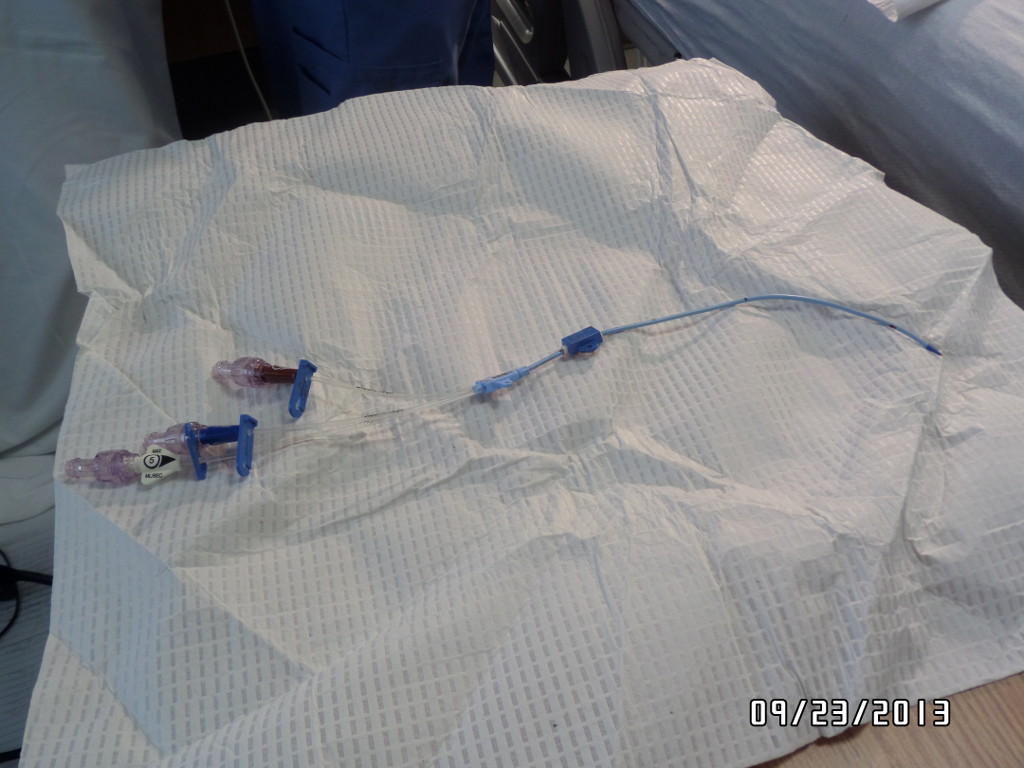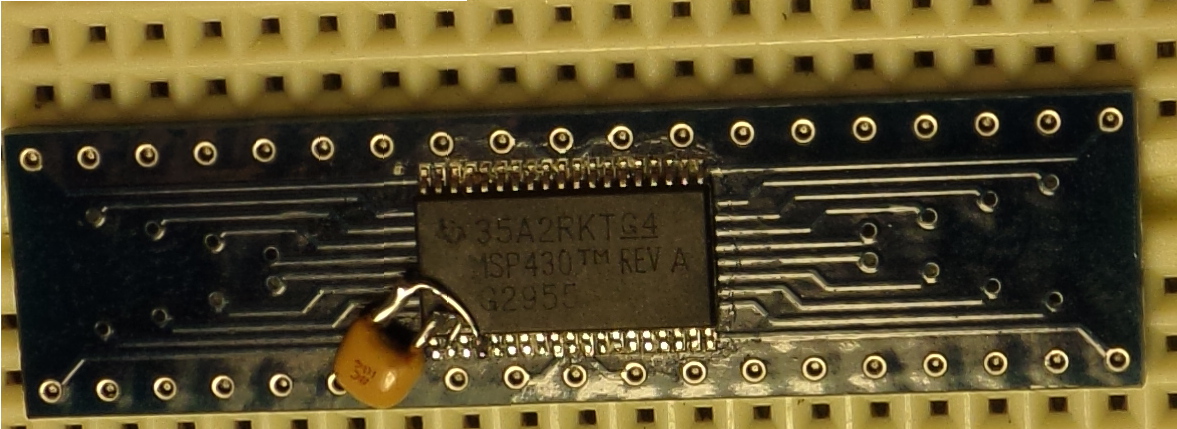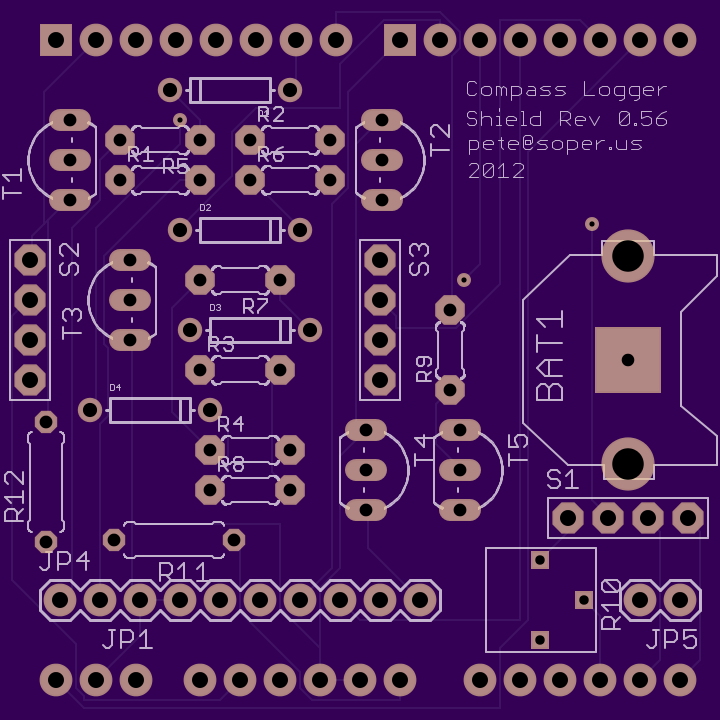I just happened to google “bitser” and found two collisions. It appears that in 2009, somebody or some group created a Windows archival program called Bitser, and it’s been living at bitser.org for a long time. I was oblivious to this. I also discovered that a “bitser” is the term for a mixed-breed dog.
I don’t mind my domain being associated with dogs, despite being a cat person. But call me a religious nut if necessary: I just can’t have my web site confused with anything even obliquely related to Microsoft Windows. I’m going to switch domains and move/rename this blog. (This added in July, 2018: Never underestimate laziness. So I never got around to a domain move, and in the meantime my religious fervor about Microsoft being terrible has evaporated (I feel sorry for them now). I’ve even forgiven Intel for nearly killing Network Products with their dishonest treatment of us vis a vis the 80186 chip availability. Now we resume the original post.) But that will take a while, and in the meantime, folks may be asking themselves what I mean when I use the label “bitser.” The rest of this is my explanation.
When I registered the bitser.net domain in 2000, it was to create a web site that the Java JSR-121 Java standards project could use, as a couple week’s wrestling with Sun Microsystems red tape sumo wrestlers made it clear that the JSR-121 Expert Group couldn’t make practical use of Sun web resources (“Fill out this form; expect your web site change to be accomplished in one to two weeks. Heck no, you can’t administer it directly!”) As the JSR-121 “Spec Lead,” it fell on me to handle record keeping, and an easy-to-maintain web site that could be divided between private and public areas seemed the best way to go, along with a couple of GNU Mailman lists maintained by Doug Lea. Anyway, I needed a domain name, and “bitser” popped into my head and seemed as good as any. So I registered bitser.net and set up a web site hosted by QTH.com, an outstanding ISP based in Wisconsin owned by fellow amateur radio contester KA9FOX. This was all on my nickel, and I couldn’t afford to register bitser.{org,com}, which was, of course, the fatal flaw. (bitser.com is some kind of Internet store front based in Thailand. Update September, 2019: bitser.com is available but I’m still too cheap!)
But what is “bitser?” Bitser is the name of the first non-trivial computer program I wrote. I worked for the University of Alabama in Huntsville in the 1970s as a “research assistant” and then “research analyst,” and apart from helping build and run a human factors research laboratory within the psychology department, my primary contribution was software development aimed at data collection, reduction, and analysis. We did experiments to do with behavior in settings relevant to NASA, like living and working in a simulated spacecraft. In later stages four men and women spent 10 days in a very small set of rooms that could be transformed from “bare walls and concrete floor” to “the lap of luxury”, or anything in between, depending on how productive they were. As part of this, we gathered fine-grained data describing the behavior of the experimental subjects. In addition to keeping track of all the work they accomplished and the “money” they earned and spent within our artificial micro-economy (the monetary unit was the ‘bit’), every six minutes two observers recorded what the experimental subjects were doing in terms of their senses and actions. We’d invented a “BInary OBservation System” (BIOBS) that just required an observer to make a series of choices to traverse binary decision trees, for example, rooted at “what the subject is looking at.” By making a series of “this or that” decisions, the state of a subject could be recorded as a set of nine four-bit binary numbers, each requiring four “this or that” decisions. That’s 64 billion combinations with 36 observational decision for each subject. It was actually less because some of the trees were not fully populated, and if you have the impression that designing those trees was very hard, you’d be right. But after a bit of training and a few hours practice, the lab staff got extremely fast. In practice the subject’s behavior tended to be about the same from one observation to the next, and we could memorize the commonly-used portions of the decision trees, and those of us involved with designing the trees tended to have them burned into our brains anyway. This scheme beat the hell out of all the alternatives we used early on, but implementing it efficiently was a challenge, as computers were horribly expensive and hard to use at the time.
Bitser was the interactive analysis program for BIOBS data. Because all the behavior could be connected to things that had been bought with the artificial money we called BITS, naming the analysis program “BITSer” made sense. It allowed staff and students to query experimental data and ask questions like, “How often did three out of four subjects listen to music while eating something and working on their stats course?” (The “work” the subjects did during many experiments was a statistics course that gave three semester-hours credit in 10 days flat! Every subject in every experiment except one passed the course, most with an A or B. In the outlier experiment, the “money” normally earned from course work that was necessary to buy almost everything in their environment was instead made non-contingent. That is, “BITS’ were put into the subjects account each hour no matter what was happening in that one special experiment. In that case, none of the four subjects did any significant work at all, and all failed the course. We called that experiment the “welfare paradigm” and it drove me to the conclusion that one open secret of a satisfying life is meaningful work.) Bitser was a few thousand lines of Fortran V that ran on a Univac 1110 mainframe with a 300 baud remote terminal, and my last listing is dated October 1973. Back then I wrote extremely dense code (I made a graphic version of Conway’s “Game of Life” program with 80 lines of code and a Tektronix graphics terminal soon after Conway published the game). But I was young and Bitser was of course write-only code. I can hardly bear to look at the listings now.
[Update September, 2019: Looking back at this, and reflecting on what I’ve learned about the welfare system in this country, I realize naming the above non-contingent paradigm with the word “welfare” was regrettable. I, and perhaps all the folks in that research lab were clueless about the reality of welfare and the little detail Kahneman and later researchers determined that for somebody in poverty the “reference point” is unobtainable and regular dollar amounts of compensation may be perceived as losses, not gains!]
Anyway, so much for the “bitser” name. I’ll leave this domain in place so the JSR-121 interest link is stable (it’s referenced by a handful of journal articles and other sites), and this blog URL will redirect to the new place at the point I do the move.
For those who are interested in the research here are links for 1974 and 1973 publications (update September, 2019: The second link gives a 404 now. I’ve hopefully stashed the file someplace but had completely forgotten I found these files on the NASA site and only realized I’d found them when reading this posting again.) (This added in July, 2018. Never underestimate laziness. So I never got around to a domain move, and in the meantime my religious fervor about Microsoft has evaporated. I’ve even forgiven Intel for nearly killing Network Products with their dishonest treatment of us vis a vis the 80186 chip availability. Now we resume the original post.)



